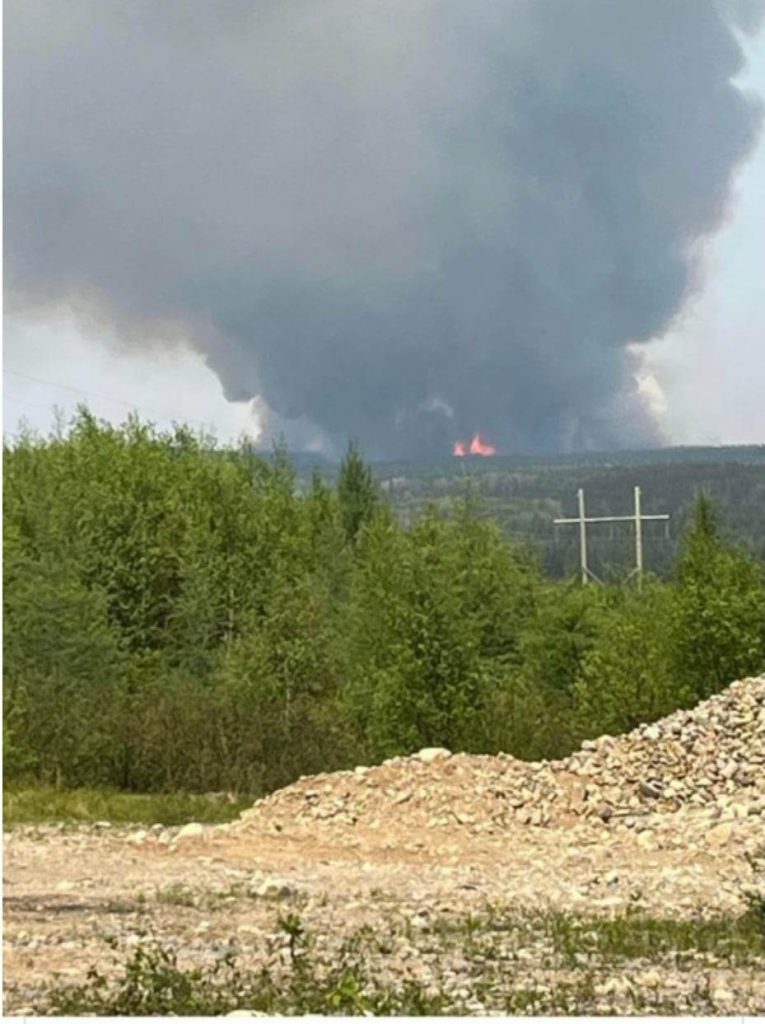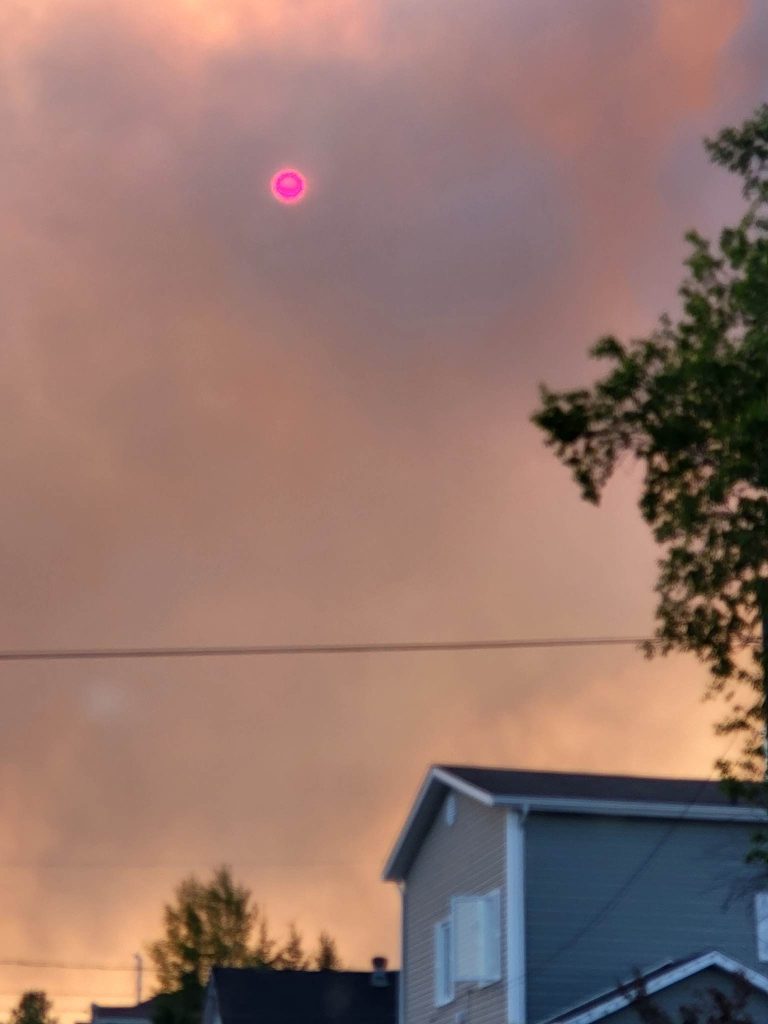‘Hard to breathe’: Montrealer shares experience of being near wildfires in Abitibi
Posted June 6, 2023 2:35 pm.
Last Updated June 6, 2023 7:02 pm.
Wildfires in northern Quebec have brought smog to Montreal, with a warning remaining in effect for the city.
Montrealer Karine Garceau just returned home after a weekend visiting loved ones and filming a TV show in Amos, in Abitibi Ouest, the region bordering Ontario that’s been battling out of control blazes. She saw first hand the effects of the fires on nearby towns.
“It was really hard to breathe at some point,” she said. “I was going to the beach with some friends and we started seeing the big smoke.”
She was in Normétal where her father lives.
- (Courtesy Karine Garceau)
- (Courtesy Karine Garceau)
“It was like really dark and the moon was actually almost bloody red, so I was really anxious about him.”
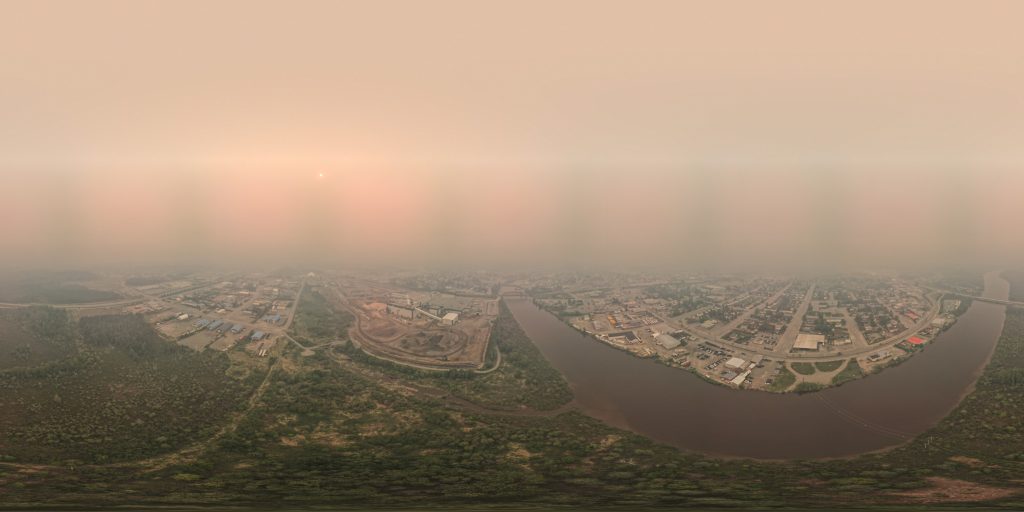
A view of Amos, Quebec, amid the smog from the wildfires. (Photo: Tommy Martel, Courtesy)
This was a 360 view of Amos three days ago, completely enveloped in smog.
“It was more about the quality of the air, that was a really bad. Actually, we were the worst town in the whole Canada,” she said.
“I was actually in the bar when they receive a call to close all the bar because of the air quality.”
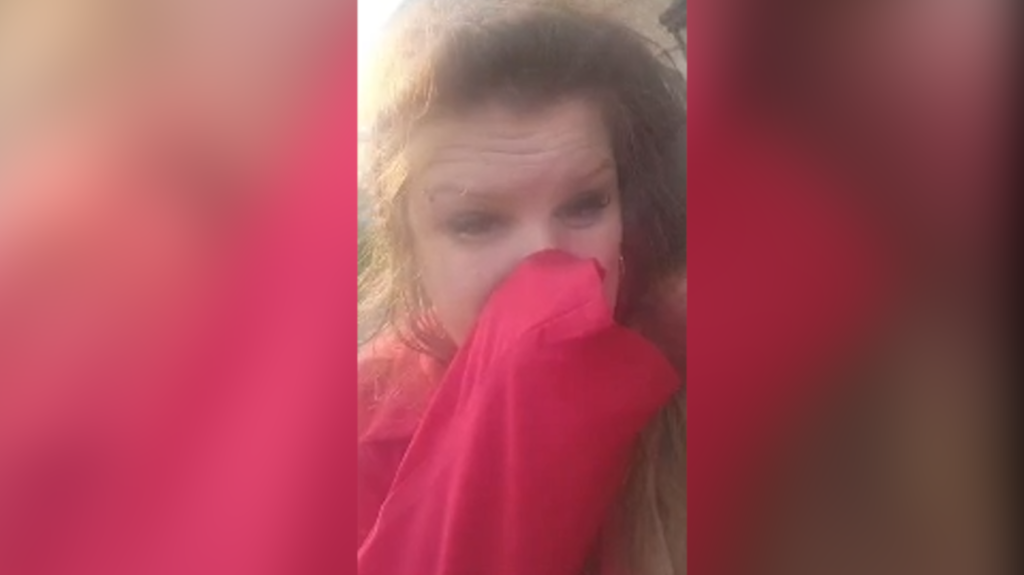
Karine Garceau on a Facebook live, covering her mouth because of the smoke in Abitibi. (Screen capture)
Quebec says Abitibi is the priority, with 230 firefighters battling 13 out of the 78 fires in the region.
Quebec’s public security minister, François Bonnardel said at a press conference Tuesday that more reinforcements are coming in the next 24 hours from New Brunswick. And as of June 12, over 1,200 people will be working to combat the fires.
Just under 150 fires are active across the province, with most of them being out of control.
“We are experiencing a situation we’ve never seen in Quebec, we’ve never had so many fires so early in the season,” Bonnardel said. “It’s something we’re seeing in the rest of Canada as well. We’re doing everything in our power to get as many resources as possible.”
“When I started seeing the plane dropping the water, I was feeling kind of relieved,” said Garceau. “I said, ‘Okay, now I know everything’s going to be fine.'”
Premier François Legault touring the affected regions and meeting with fire officials.
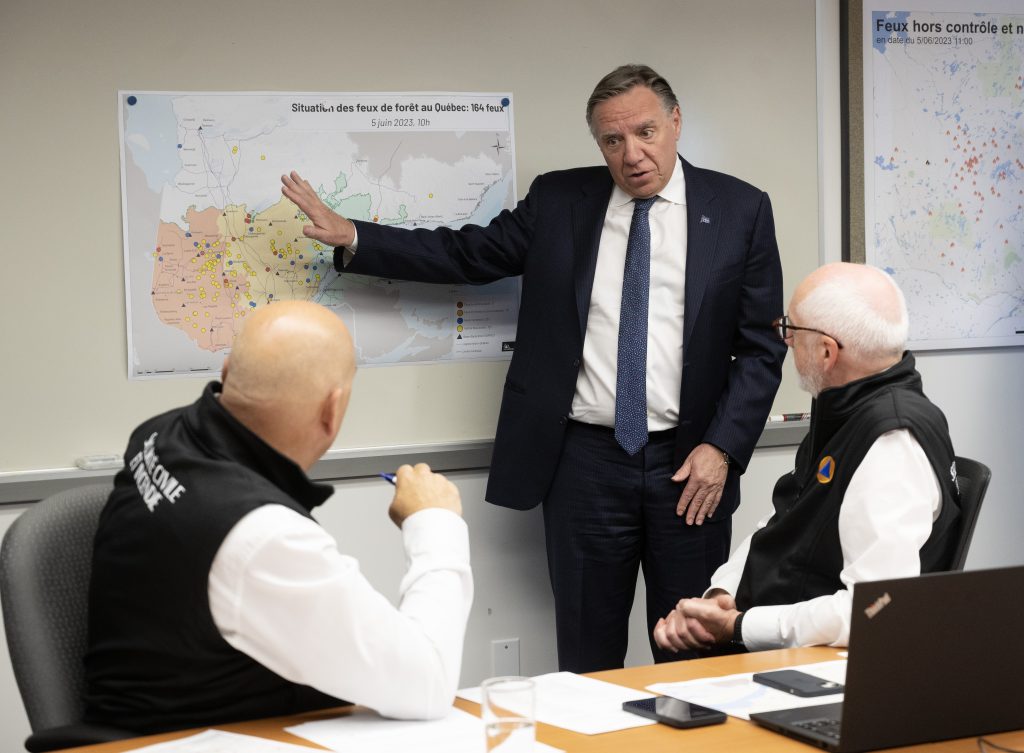
Quebec Premier Francois Legault checks the map where forest fires are raging as he visits the crisis operation centre, in Quebec City, Monday, June 5, 2023. THE CANADIAN PRESS/Jacques Boissinot
On Tuesday, he was in Sept-Îles where fires were still burning, but the 6,000 evacuated residents were told they could return home.
READ: Evacuees can return in Sept-Îles, but more than 160 wildfires still burning in Quebec
“We are very happy to see the rain, we hope its the same for other places like in Abitibi,” Legault said. “It will help, but it won’t solve everything, as I understand there’s an immense fire up north that will take weeks to be completely put out.”
https://twitter.com/MickFluet/status/1665761479931330583
“It’s a hard time for everyone, but the fact that people like are there for each other, that’s the precious part,” said Garceau. “That’s all you need at the moment.”
